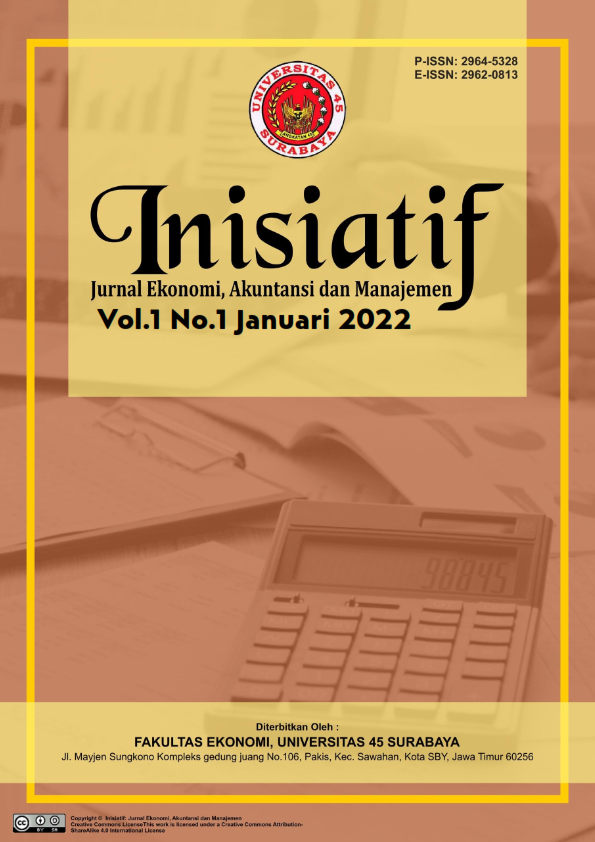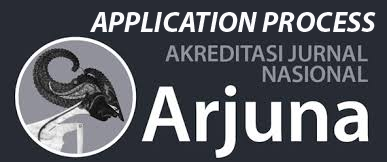The Interplay of Spiritual Values, Scientific Inquiry, School Principal Leadership, Link & Match Concept between the Educational and Bussiness in Enhancing Educational Quality and Athletic Performance
DOI:
https://doi.org/10.30640/inisiatif.v1i1.2390Keywords:
Spiritual Values, Scientific Inquiry, School Principal Leadership, Educational Quality, Athletic PerformanceAbstract
This qualitative study investigates the synergistic relationship among spiritual values, scientific inquiry, and school principal leadership in augmenting educational quality and athletic performance. Employing a qualitative research design, the study employs purposive sampling to select participants from educational and business sectors. Data analysis involves thematic analysis to identify key themes and patterns. The findings reveal a complex interplay where spiritual values, scientific inquiry, and effective leadership practices intersect, fostering a conducive environment for enhancing educational quality and athletic performance. This research contributes to understanding the dynamic connections between education and business realms, emphasizing the importance of holistic approaches in educational leadership for comprehensive development.
References
Bass, B. M., & Riggio, R. E. (2006). Transformational leadership (2nd ed.). Psychology Press.
Berkowitz, M. W., Bier, M. C., & McCauley, M. (2012). Moral, character, and civic education in the elementary school. In R. W. Lerner, M. A. Easterbrooks, & J. Mistry (Eds.), Handbook of psychology: Vol. 7. Educational psychology (2nd ed., pp. 413–437). Wiley.
Bybee, R. W. (2014). Scientific and engineering practices in K-12 classrooms: Understanding a framework for K-12 science education. The National Academies Press.
Dewey, J. (1910). How we think. D.C. Heath & Co.
Frantz, P., & Phelps, J. (2017). Link and match: A co-evolutionary approach to aligning organizational domains. Organization Studies, 38(10), 1421–1442.
Gurr, D., Drysdale, L., & Mulford, B. (2016). Leadership for transformational change: A study of principals’ leadership in Papua New Guinea. School Leadership & Management, 36(1), 1–19.
Jackson, L. W., Lovette, K. T., & Maurice, D. T. (2012). Effectiveness of a Christian-based school-wide behavioral intervention. School Psychology Review, 41(1), 29–44.
Kasih, E. (2020). The Conformity Of Science And Technology Development With Buddhism In Civilization Across Time. Available at SSRN 3788104. https://doi.org/10.2139/ssrn.3788104
Kasih, E., & Suganda., A. (1999). Pendidikan Tinggi Era Indonesia Baru. Jakarta:Grasindo.
Kotler, P., & Lee, N. (2005). Corporate social responsibility: Doing the most good for your company and your cause. John Wiley & Sons.
Leithwood, K., Louis, K. S., Anderson, S., & Wahlstrom, K. (2004). How leadership influences student learning. Wallace Foundation.
Lickona, T., & Davidson, M. (2005). Smart & good schools: A paradigm shift for character education. In M. W. Berkowitz & M. Bier (Eds.), What works in character education: A research-driven guide for educators (pp. 28–48). Josephson Institute of Ethics.
National Research Council. (2012). Education for life and work: Developing transferable knowledge and skills in the 21st century. The National Academies Press.
Patton, M. Q. (2015). Qualitative research & evaluation methods: Integrating theory and practice (4th ed.). Sage Publications.
Porter, M. E. (1990). The competitive advantage of nations. Harvard Business Review, 68(2), 73–93.
Sugiharti, T., Ruslaini, R., & Kasih, E. (2021). The Influence of Principal Leadership, PE Teacher Professional Competence and Teacher Workload toward Sports Achievement in Dieng. Jurnal Manajemen Bisnis, 8(2), 205–213. https://doi.org/10.33096/jmb.v8i2.87
Vaismoradi, M., Turunen, H., & Bondas, T. (2013). Content analysis and thematic analysis: Implications for conducting a qualitative descriptive study. Nursing & Health Sciences, 15(3), 398–405.
Downloads
Published
How to Cite
Issue
Section
License
Copyright (c) 2022 Inisiatif: Jurnal Ekonomi, Akuntansi dan Manajemen

This work is licensed under a Creative Commons Attribution-ShareAlike 4.0 International License.








